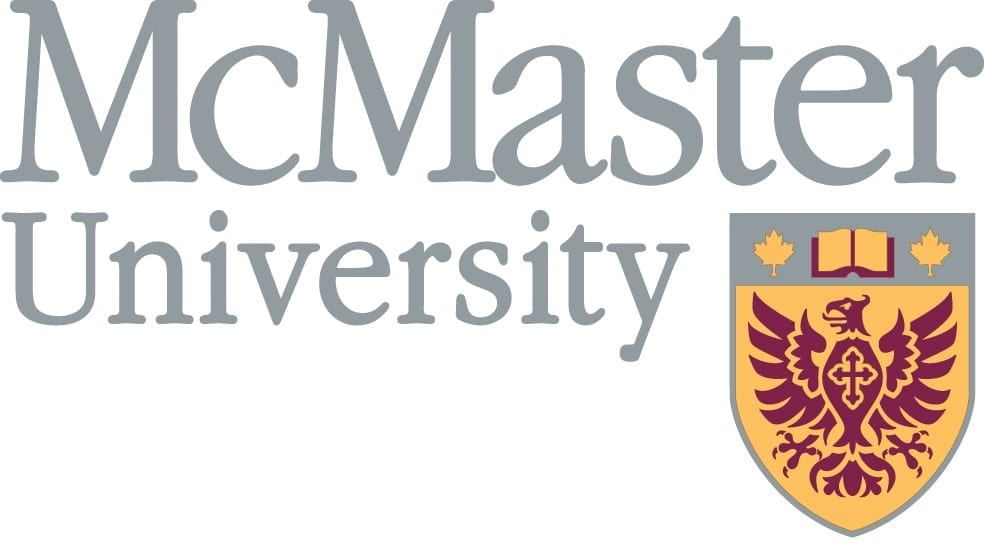
The MIT Lincoln Laboratory, located in Lexington, Massachusetts, is a United States Department of Defense research and development center chartered to apply advanced technology to problems of national security
The Latest Bing News on:
MIT Lincoln Laboratory Research
- Data From the Void: NASA Receives Laser Communications From 140+ Million Miles Away
NASA’s Deep Space Optical Communications experiment also interfaced with the Psyche spacecraft’s communication system for the first time, transmitting engineering data to Earth. Riding aboard NASA’s ...
- An AI dataset carves new paths to tornado detection
The return of spring in the Northern Hemisphere touches off tornado season. A tornado's twisting funnel of dust and debris seems an unmistakable sight. But that sight can be obscured to radar, the ...
- Merlin to integrate new collision avoidance platform
Merlin is collaborating with MIT Lincoln Laboratory to explore ways of integrating next-generation collision avoidance technology into its uncrewed flight systems. The initial research is expected to ...
- MIT scientists tune the entanglement structure in an array of qubits
Entanglement is a form of correlation between quantum objects, such as particles at the atomic scale. This uniquely quantum phenomenon cannot be explained by the laws of classical physics, yet it is o ...
- Scientists tune the entanglement structure in an array of qubits
A new technique can generate batches of certain entangled states in a quantum processor. This advance could help scientists study the fundamental quantum property of entanglement and enable them to ...
The Latest Bing News on:
MIT Lincoln Laboratory Discovery
- Data From the Void: NASA Receives Laser Communications From 140+ Million Miles Away
NASA’s Deep Space Optical Communications experiment also interfaced with the Psyche spacecraft’s communication system for the first time, transmitting engineering data to Earth. Riding aboard NASA’s ...
- MIT scientists tune the entanglement structure in an array of qubits
at MIT Lincoln Laboratory, and at Wellesley College and the University of Maryland. The research appears in Nature. In a large quantum system comprising many interconnected qubits, one can think ...
- Merlin Partners with MIT Lincoln Laboratory (LL) to Continue Work to Dramatically Improve Aviation Safety
today announced its partnership with MIT Lincoln Laboratory (LL) in the first step towards an operational next generation collision avoidance technology. This partnership will see the two ...
- Merlin Partners with MIT Lincoln Laboratory (LL) to Continue Work to Dramatically Improve Aviation Safety
Merlin, the aviation technology company developing the world’s most capable pilot to advance the future of automated flight, today announced its partnership with MIT Lincoln Laboratory (LL) in the ...
- Merlin Partners To Integrate ACAS Xu Into Flight Autonomy
Credit: Merlin Autonomous flight startup Merlin has partnered with the MIT Lincoln Laboratory to integrate the next-generation collision-avoidance system for uncrewed aircraft into its in ...









